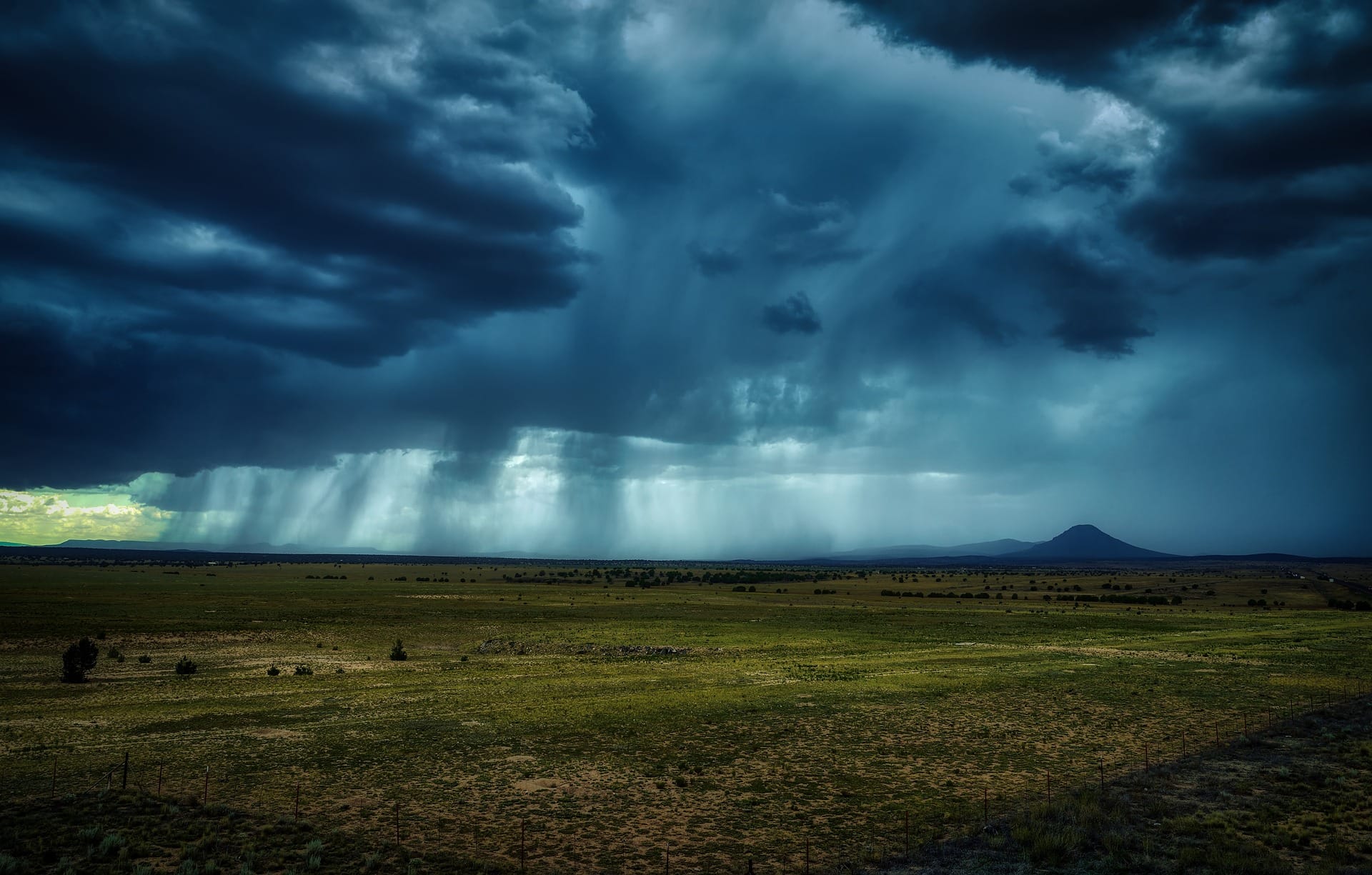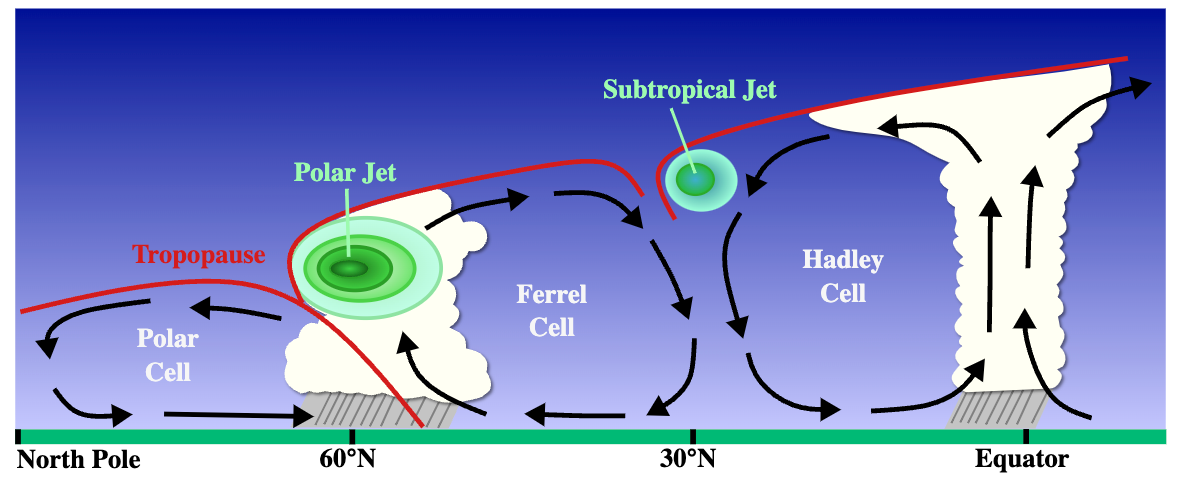Precipitation Whiplash

If you haven't already heard about precipitation whiplash, you'll certainly hear about it over the coming years because it's quickly becoming our planet's new "normal."


In recent years, we've all read about, or experienced, some type of extreme weather event. As an example from my own life, California faced such an extreme drought from 2012-2016 that the Sierra Nevada mountains lifted half an inch due to the evaporation of stored water that would normally push the mountains down! And, if that wasn't bad enough, California was then drowned in catastrophic rains and snows during the winter of 2016-2017.

This is precipitation whiplash, and in one form or another, these events are now happening all over the globe. In fact, scientists predict that the frequency of extreme weather events may increase more than 196% in parts of the world over coming decades.

We rarely think about the ecological consequences of such extreme weather swings, but let's first explore some of the mechanisms that shape these events.

Weather patterns are generated as air and water vapor move across the Earth's surface due to temperature and pressure differences between different regions. Ultimately, this activity is driven by the sun, and more specifically, by the intensity of the sun over the equator. This causes hot air at the equator to rise until it reaches the upper atmosphere, then flow northward, until it cools and sinks back down again.

As air sinks and pushes down it creates high pressure systems at around 30 degrees latitude, and as this sinking air meets the spinning earth, the air begins moving sideways and creates a jet stream that flows from west to east.

However, jet streams don't just flow, they also meander in big loops called Rossby Waves, which are generated as polar air moving towards the Equator and tropical air moving towards the poles push unevenly against each other.
Watch an excellent explanation of Rossby Waves from 1:00-2:00 minutes in this video.
In general, these meanders are relatively stable and move in an orderly progression around the globe, but as the earth is warming up these meanders are becoming even more extreme, flipping quickly between very different weather systems. At times the progression of these waves may even slow to a halt, locking weather patterns in place for long periods of time.


Another consequence of a warming earth is that the atmosphere now holds more water vapor, which leads to bigger and more destructive storms. Unfortunately, due to warm temperatures, this precipitation is now more likely to fall as destructive rain in sudden events rather than snow that lingers and slowly percolates into the ground.

There are many cascading impacts created by precipitation whiplash. For example, a wet season can promote abundant plant growth, but if conditions suddenly switch to a drought this can lead to catastrophic wildfires. Conversely, if there's a long dry spell, and the ground dries to a hard crust, a switch to heavy rain may not only cause catastrophic flooding but in agricultural areas it may flush huge amounts of excess nitrogen into rivers and significantly degrade water quality.

Scientists are only beginning to discover and document the many surprising and previously unknown impacts of a warming planet, so there is no better time to read up on this topic and start paying attention!

Member discussion